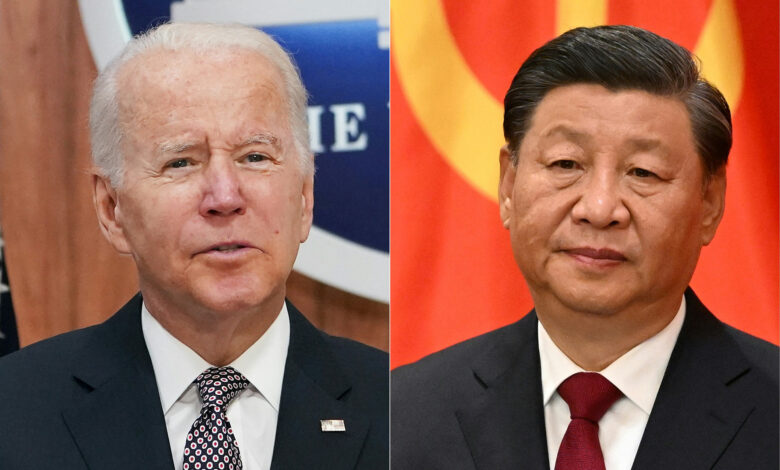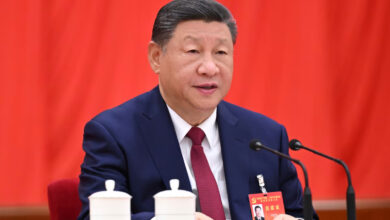
Monday’s meeting between US President Joe Biden and Chinese leader Xi Jinping is now underway. It’s the first in-person encounter between the two men since Biden took office – and comes at a crucial time for both leaders.
Having further consolidated his power at last month’s Communist Party Congress, Xi is heading into the meeting as the strongest Chinese leader since Mao Zedong.
Biden, meanwhile, arrived in Asia following a better-than-expected performance by his party in the US midterm elections – with the Democrats projected to keep the Senate in a major victory. Asked Sunday whether the results allowed him to go into Monday’s face-to-face with a stronger hand, Biden voiced confidence.
“I know I’m coming in stronger,” he told reporters.
The stakes for the discussions are high. In a world reeling from Russia’s invasion of Ukraine, the Covid-19 pandemic and the devastation of climate change, the two major powers need to work together more than ever to instill stability – instead of driving deeper tensions along geopolitical fault lines.
But expectations for the meeting are low. Locked in an intensifying great power rivalry, the US and China disagree with each other on just about every major issue, from Taiwan, the war in Ukraine, North Korea, the transfer of technology to the shape of the world order.
Perhaps the only real common ground the two sides share going into the meeting is their limited hopes for what might come out of it.
A senior White House official said Thursday Biden wants to use the talks to “build a floor” for the relationship – in other words, to prevent it from free falling into open conflict.
The main objective of the sit-down is not about reaching agreements or deliverables – the two leaders will not release any joint statement afterward – but about gaining a better understanding of each other’s priorities and reducing misconceptions, according to the US official.
Beijing has sent similar messaging, with a Foreign Ministry spokesperson on Monday saying China hopes the two countries could “properly manage differences, promote mutually beneficial cooperation, avoid misunderstandings and miscalculations.”




